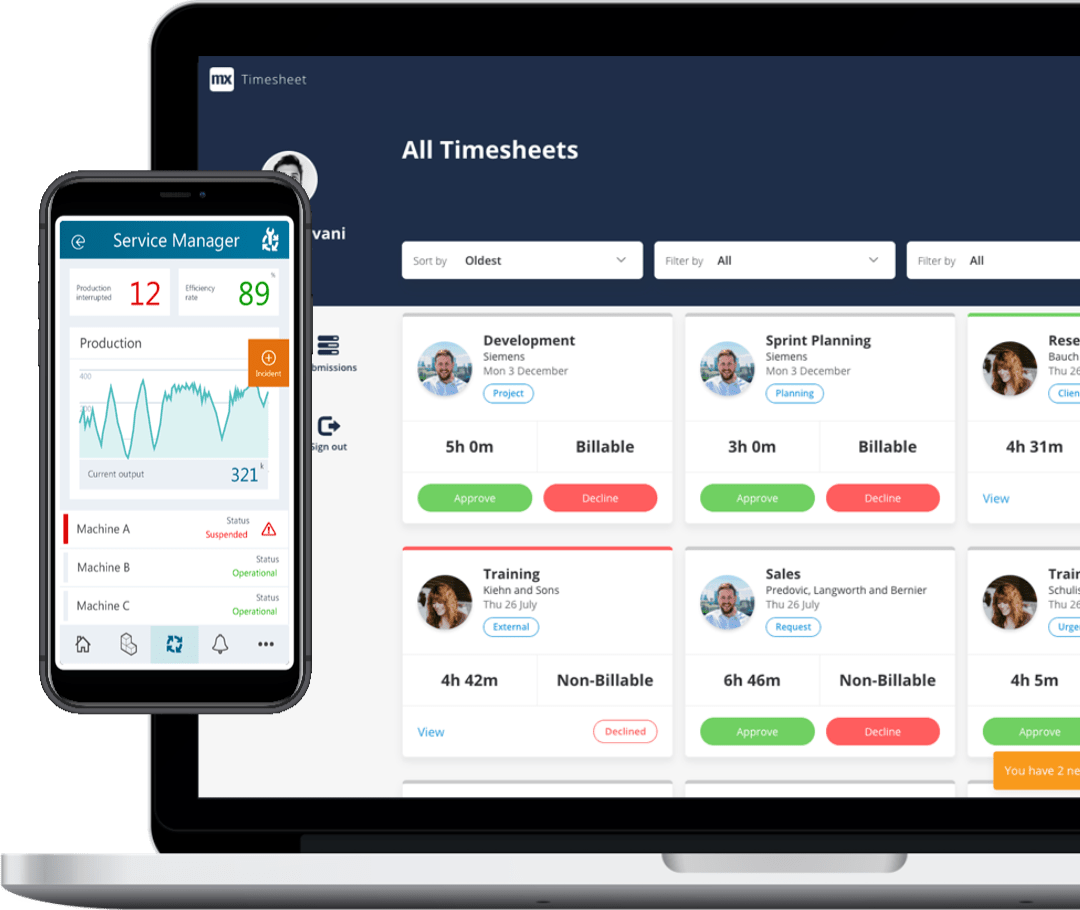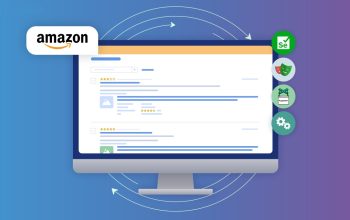You have the idea. The vision is crystal clear in your mind—a sleek app that streamlines a frustrating process, a custom portal for your clients, an internal tool that automates a tedious task. But then reality hits. The cost of hiring a development agency is astronomical. Learning to code from scratch feels like trying to climb a mountain with no gear. So your brilliant idea gets shelved, another “what if” in a notebook.
Well, what if you could build it yourself? Honestly, you can. The game has changed. Low-code platforms are essentially power tools for entrepreneurs, letting you construct sophisticated software with a visual, drag-and-drop approach. Think of it like building with LEGO blocks instead of carving from raw timber. You’re still building something solid and functional, but the process is infinitely more accessible.
What Exactly is Low-Code? (And No, It’s Not “Cheating”)
Let’s clear this up right away. A low-code development platform provides a graphical user interface for building applications. Instead of writing thousands of lines of complex, arcane code, you assemble logic through pre-built components, visual workflows, and model-driven development.
It’s the difference between manually building a car engine and assembling a high-performance engine from expertly crafted, guaranteed-to-fit parts. The result is a powerful, working engine—you just took a smarter, faster route to get there. This is the core of low-code application development for business users.
Who is this for? The Non-Technical Founder’s Dream
If you fall into any of these categories, low-code is your new best friend:
- The Solopreneur: You’re a one-person show wearing all the hats. You need to build a customer portal, an internal dashboard, or a booking system without a technical co-founder.
- The Small Business Owner: You’ve outgrown spreadsheets and generic software. You need a custom solution that fits your unique workflow perfectly.
- The “Idea Person”: You’re full of concepts but have zero desire to become a programmer. You need to create a minimum viable product (MVP) to test your concept with real users, fast and affordably.
The Tangible Benefits: Why You Should Seriously Consider This
The advantages go way beyond just “building an app.” They hit right at the core pain points of starting and running a business.
Speed is Your Superpower
What might take a traditional development team six months can often be prototyped in a week and fully built in a month or two with low-code. This speed to market is a massive competitive advantage. You can iterate, pivot, and respond to customer feedback almost in real-time. It fundamentally changes the pace of innovation for small businesses.
Dramatically Lower Costs
Let’s be blunt: hiring developers is expensive. A single senior dev can cost over $100,000 a year. Low-code platforms operate on a subscription model, often costing a fraction of that. You’re not just saving on salary; you’re saving on recruitment time, benefits, and infrastructure. This makes custom software development for startups financially viable for the first time for many.
Unmatched Agility and Control
You own the vision. With low-code, you maintain direct control over the project. Need to change a form field? Add a new data column? Adjust a workflow? You can do it yourself without filing a ticket, waiting for a developer, and explaining the change for the third time. This autonomy is… well, it’s liberating.
Getting Started: Your First Steps into Low-Code
Okay, you’re intrigued. But how do you actually start? The landscape can seem crowded. Here’s a simple, no-fluff approach.
1. Define Your “One Thing”
Don’t try to build your entire, fully-featured vision right out of the gate. What is the single most important problem you need to solve? Is it managing customer relationships? Automating invoice generation? Streamlining project approvals? Nail that one thing first. This becomes your MVP.
2. Choose Your Platform Wisely
Different platforms have different strengths. It’s like choosing a vehicle. You wouldn’t use a monster truck for a cross-country road trip, right? Here’s a quick, high-level comparison:
| Platform Type | Best For | Examples |
| Internal Tools & Databases | Replacing spreadsheets, building admin panels, dashboards | Retool, Budibase, Internal.io |
| Consumer-Facing Web Apps | Customer portals, marketplaces, SaaS products | Bubble.io, Adalo, Bildr |
| Mobile-First Apps | Apps where the primary use is on a smartphone | Glide, Adalo, Softr |
| Workflow Automation | Connecting different apps and automating business processes | Integromat (Make), Zapier |
3. Embrace the Learning Curve (It’s Gentle)
You won’t be an expert on day one. And that’s fine. The best platforms have incredible tutorial libraries, vibrant communities, and extensive documentation. The learning curve isn’t about abstract computer science; it’s about learning a new tool. It’s the difference between learning brain surgery and learning to use a fancy new power drill. One is significantly more achievable.
Honest Challenges and How to Overcome Them
It’s not all sunshine and rainbows. Being aware of the potential pitfalls is what separates successful projects from abandoned ones.
The Scalability Question: People often ask, “But will it scale?” For the vast majority of startups and small businesses, the answer is a resounding yes. Modern low-code platforms power applications with millions of users. The real question is, will your business scale? Solve that problem first.
Vendor Lock-In: This is a real consideration. Your app is built on a specific platform. Migrating it can be difficult. The way to mitigate this? Focus on owning your data. Ensure you can easily export your database. If you have your data, you can always rebuild the interface elsewhere.
Knowing Your Limits: There will be a point—a complex algorithm, a unique third-party integration—where you might need a professional developer for a few hours. And that’s okay! The low-code ecosystem has freelancers who specialize in these platforms. You can build 95% yourself and call in a pro for the tricky 5%.
The Future is Visual
The trend is undeniable. Gartner predicts that by 2025, 70% of new applications developed by organizations will use low-code or no-code technologies. This isn’t a fad; it’s a fundamental shift in how software gets made. It’s the democratization of creation, moving from the hands of a few coders to the many visionaries, entrepreneurs, and problem-solvers.
So, that idea you shelved? The process you keep complaining about? The gap in the market you spotted? The power to build the solution is no longer locked behind a wall of technical jargon. It’s waiting for you in a visual, drag-and-drop canvas. The only real question left isn’t “Can I build it?” It’s, honestly, “What am I waiting for?”




